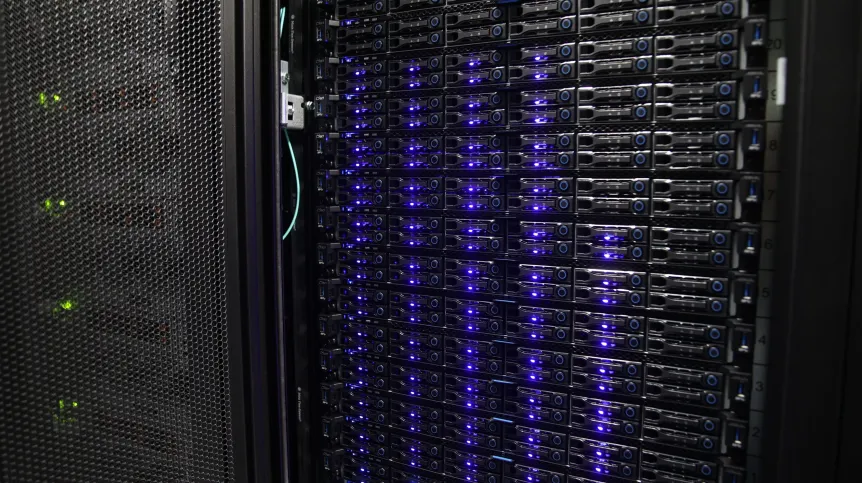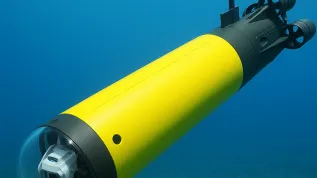
Three supercomputers operating at the AGH University of Science and Technology in Kraków are included in this year's world ranking of TOP500 supercomputers. Helios, the fastest machine of this type in Poland, takes 155th place, Athena in 291st, and Ares is in the 404th place.
The world's fastest supercomputer is once again Frontier located at Oak Ridge National Laboratory (ORNL) in the United States. The top 500 includes one more device from Poland - Altair, operating at the Poznan Supercomputing and Networking Center of the Institute of Bioorganic Chemistry PAS (221st place_. The TOP500 list was announced during an industry conference in Denver, USA.
According to university spokesperson Anna Muszyńska, all ranked machines work at the Academic Computer Centre Cyfronet AGH.
She added that this is the second time in history that three AGH UST machines have been included in the TOP500 list of supercomputers with the highest computing power in the world. Athena is still the fastest supercomputer in Poland and ranks 155th. Helios is 291st and Ares is 404th.
Launched in October 2022, Athena is currently Cyfronet's flagship system with a theoretical computing power of over 7.7 PetaFlops.
Helios is a new supercomputer system installed at ACC Cyfronet AGH, created as a result of work carried out in the National Supercomputing Infrastructure for EuroHPC - EuroHPC PL project coordinated by Cyfronet. The supercomputer will ultimately consist of three computing partitions, but only a general-purpose processor (CPU) partition with a computing power of 3.4 PetaFlops was submitted for testing for TOP500.
After complete system installation and the launch of all partitions, Helios is expected to achieve approximately 35 PetaFlops of theoretical computing power. On the current list, this power would allow Helios to rank among the 50 fastest supercomputers in the world.
The Ares supercomputer offers a total computing power of over 4 PetaFlops (the theoretical performance of the CPU part is over 3.5 PetaFlops and the GPU part is over 0.5 PetaFlops).
In addition to the main ranking, Athena is 22nd on the Green500 list of the most energy-efficient supercomputers in the world. The ranking also included Ares in 114th place and Helios in 344th place.
Scientists who work with Cyfronet's infrastructure use modelling and numerical calculations in chemistry, biology, physics, medicine and material technology, astronomy, geology, and environmental protection.
Cyfronet's supercomputers are also used for high-energy physics (ATLAS, LHCb, ALICE and CMS projects), Earth sciences (EPOS), European Spallation Source (ESS), biology (WeNMR) and humanities and social sciences (CLARIN).
According to AGH UST representatives, supercomputers make it possible to significantly reduce the time of performing calculations, which using single computers would often take many years (in specific real cases, over 150, 700 or even 1000 years). Cyfronet's users benefit from professional support - from training sessions to individual expert consultations. (PAP)
PAP - Science in Poland, Rafał Grzyb
rgr/ zan/ kap/
tr. RL













